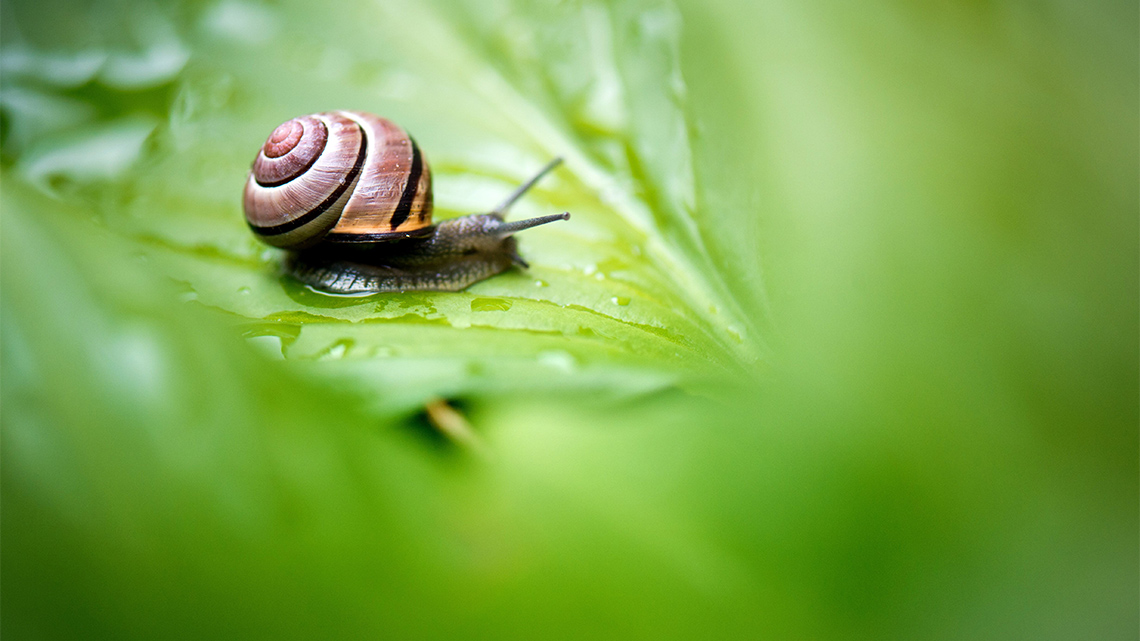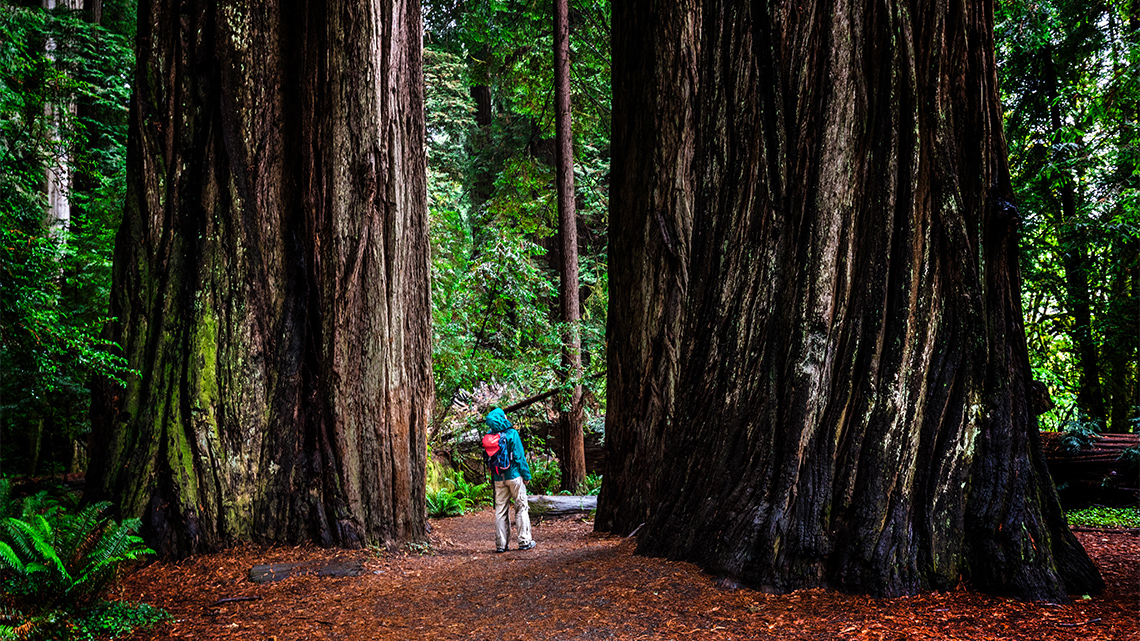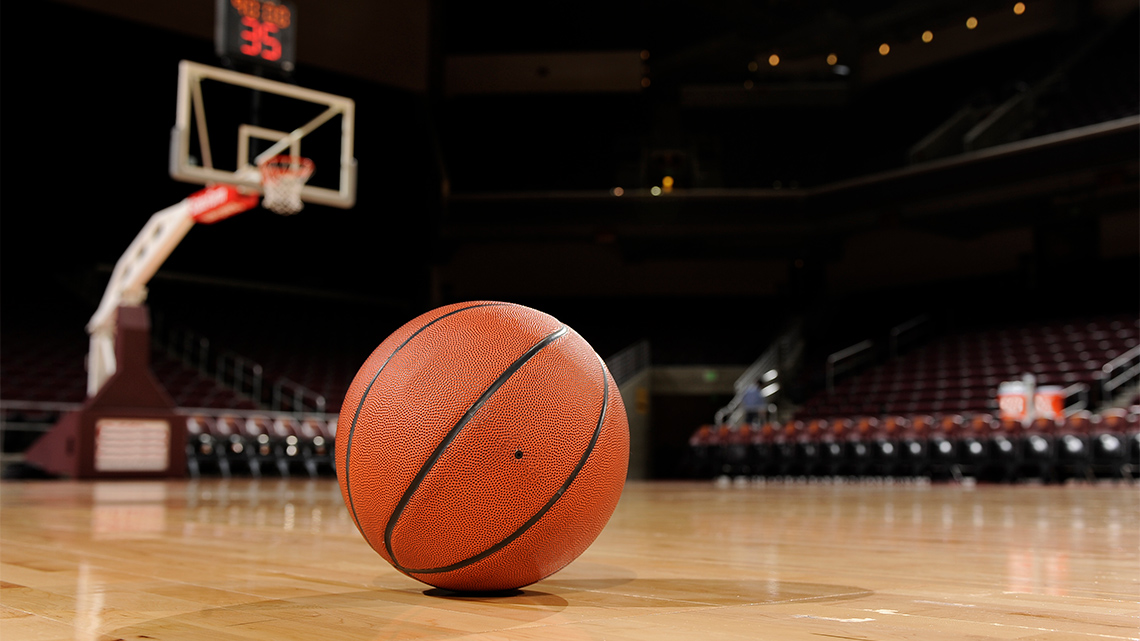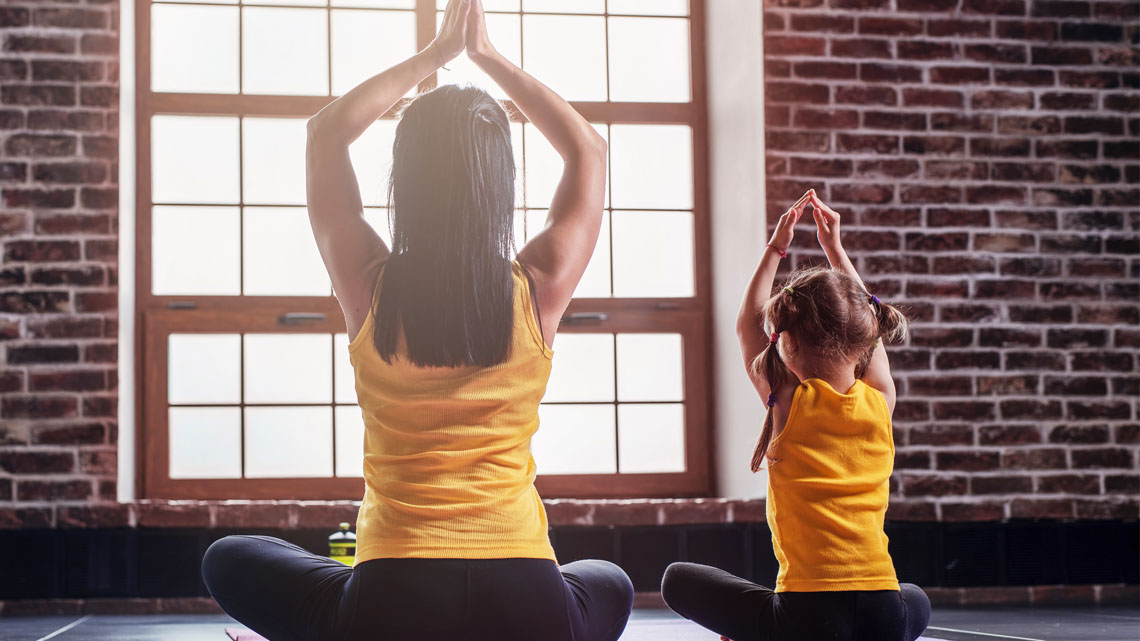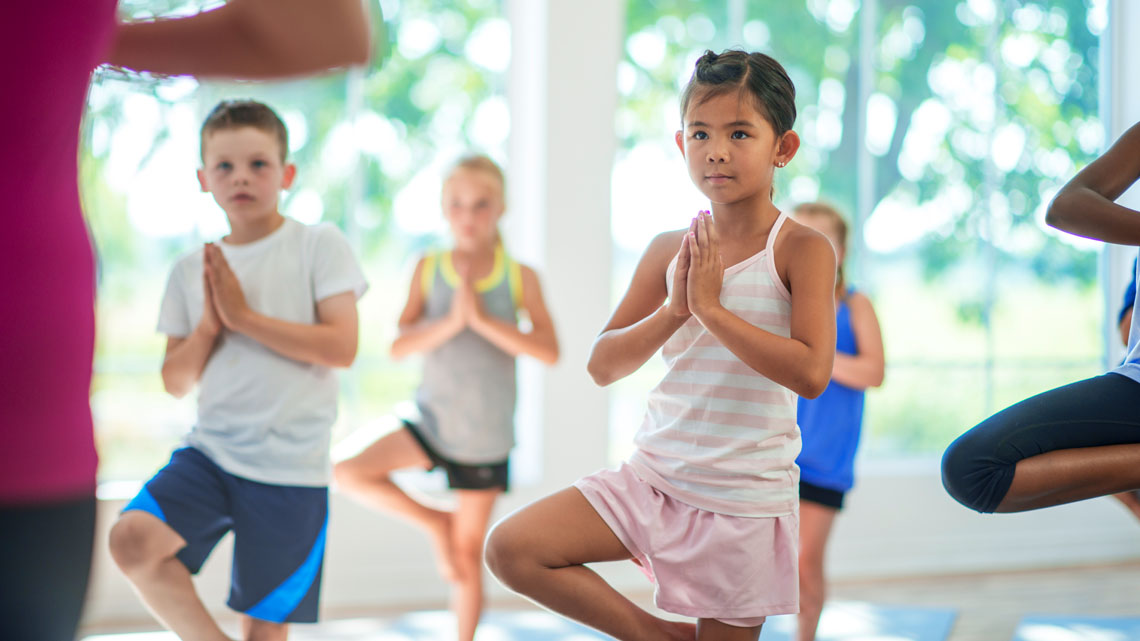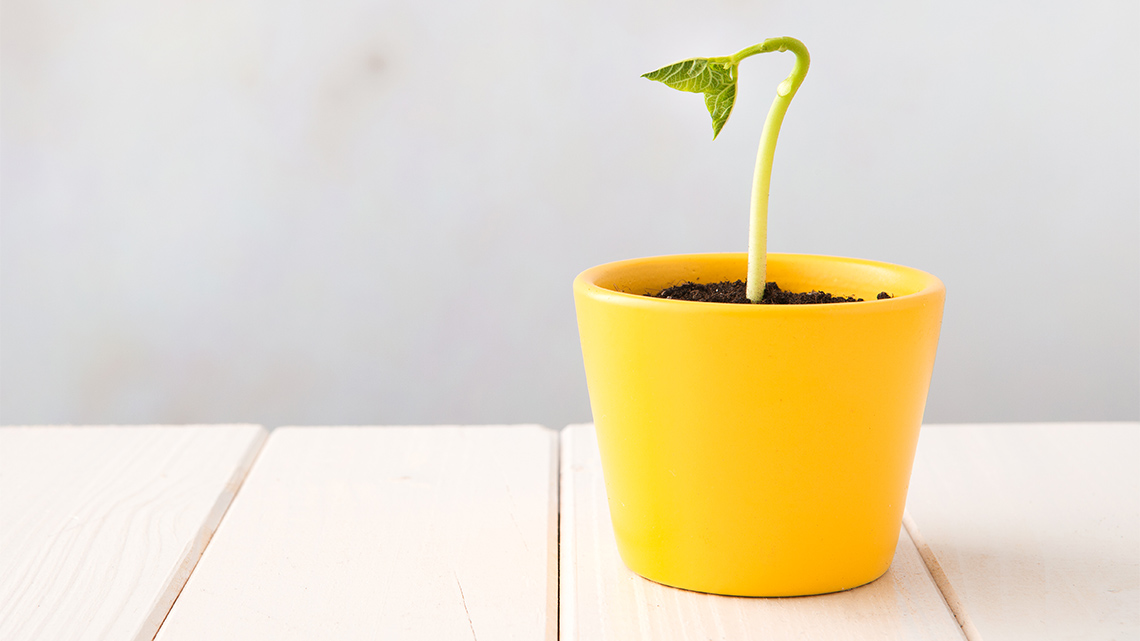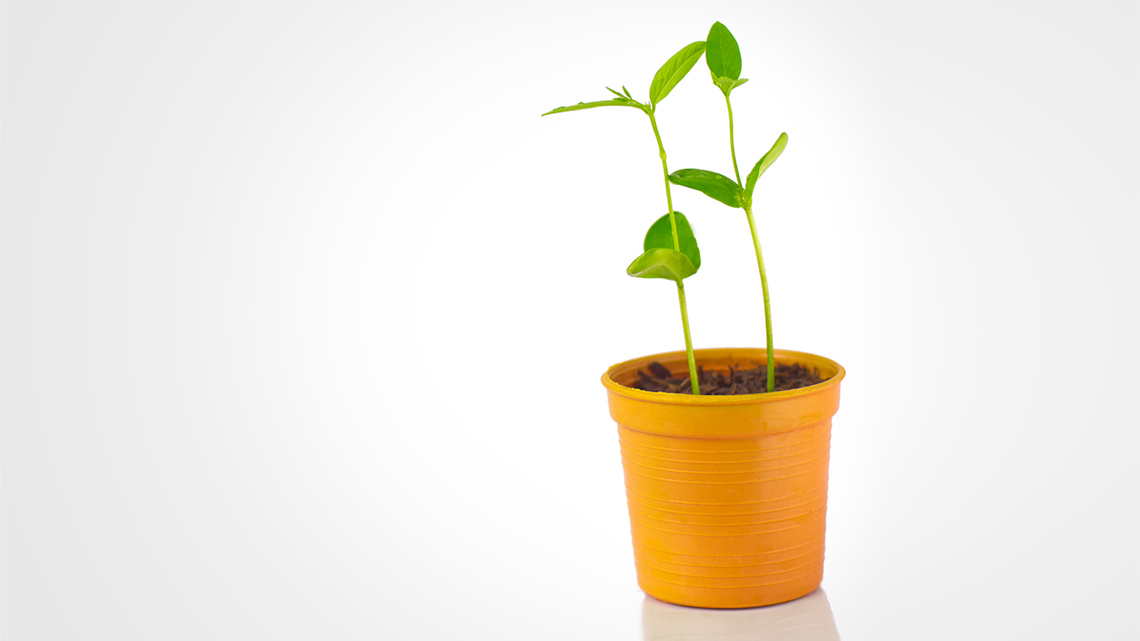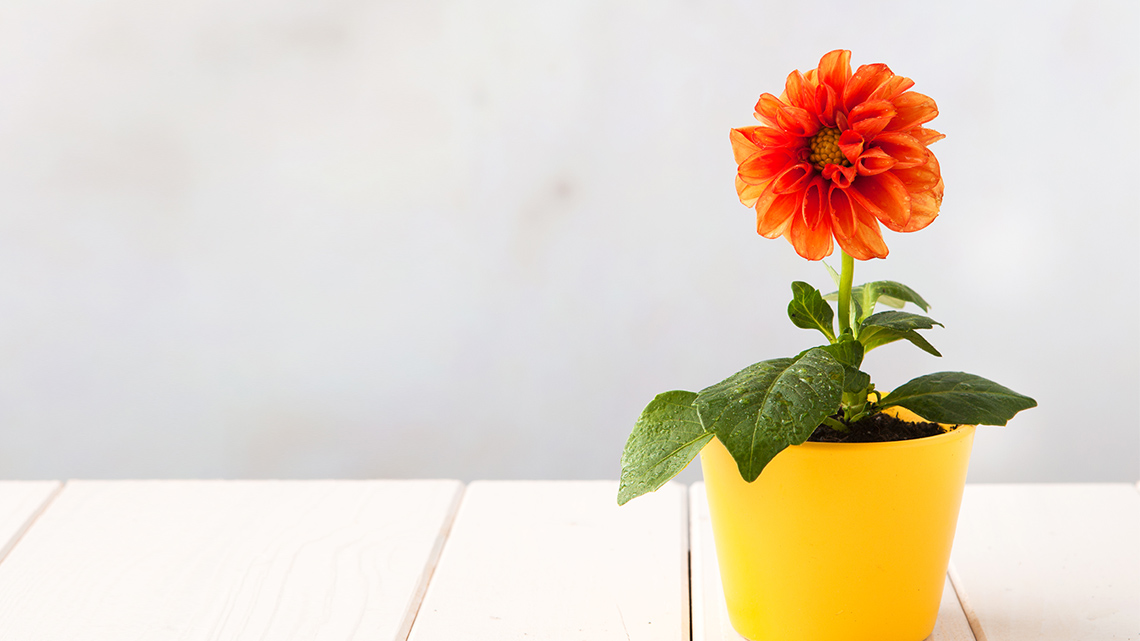Minds On
Today’s vocabulary
Press the following tabs to access the definitions for today’s vocabulary.
Let’s get started!
Exploring shapes
Explore the following images. Do you notice any shapes that are:
- big
- small
- twisted
- curved
- straight
How could someone make these shapes with their body?
Action
Get ready, get set…
Body shapes
People can use their bodies to make all sorts of different shapes.
They can make shapes with their whole body.
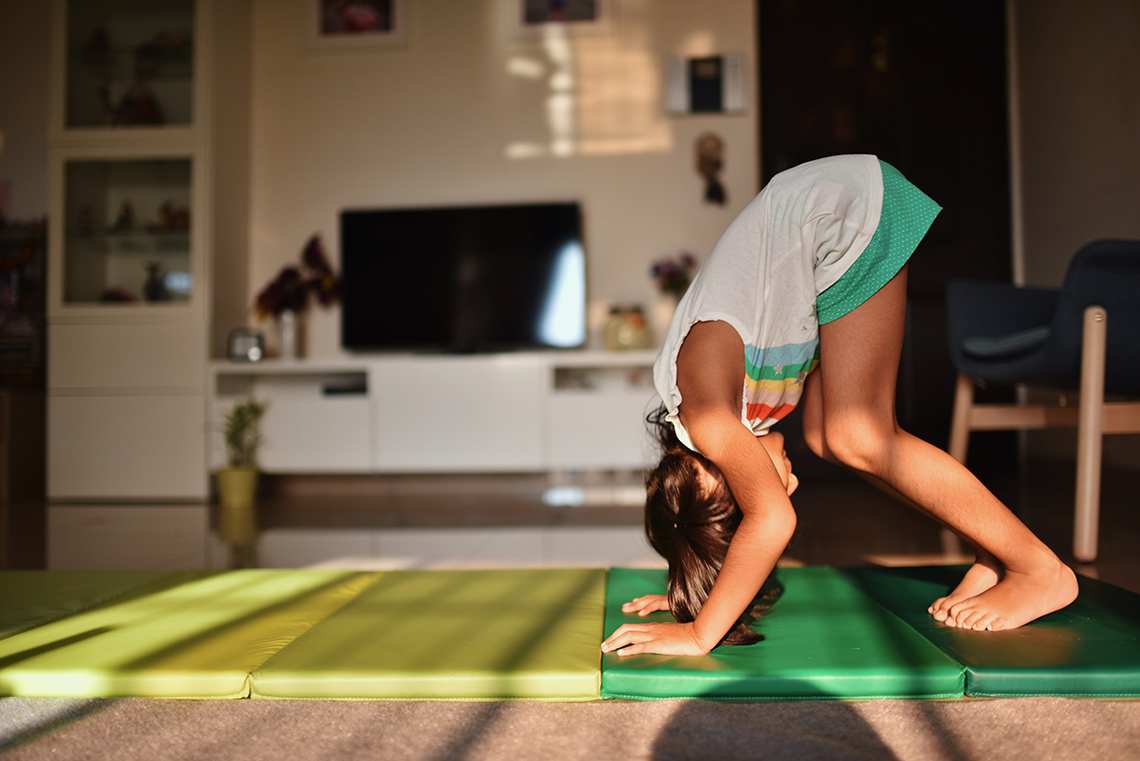
They can also make shapes using different parts of their body.
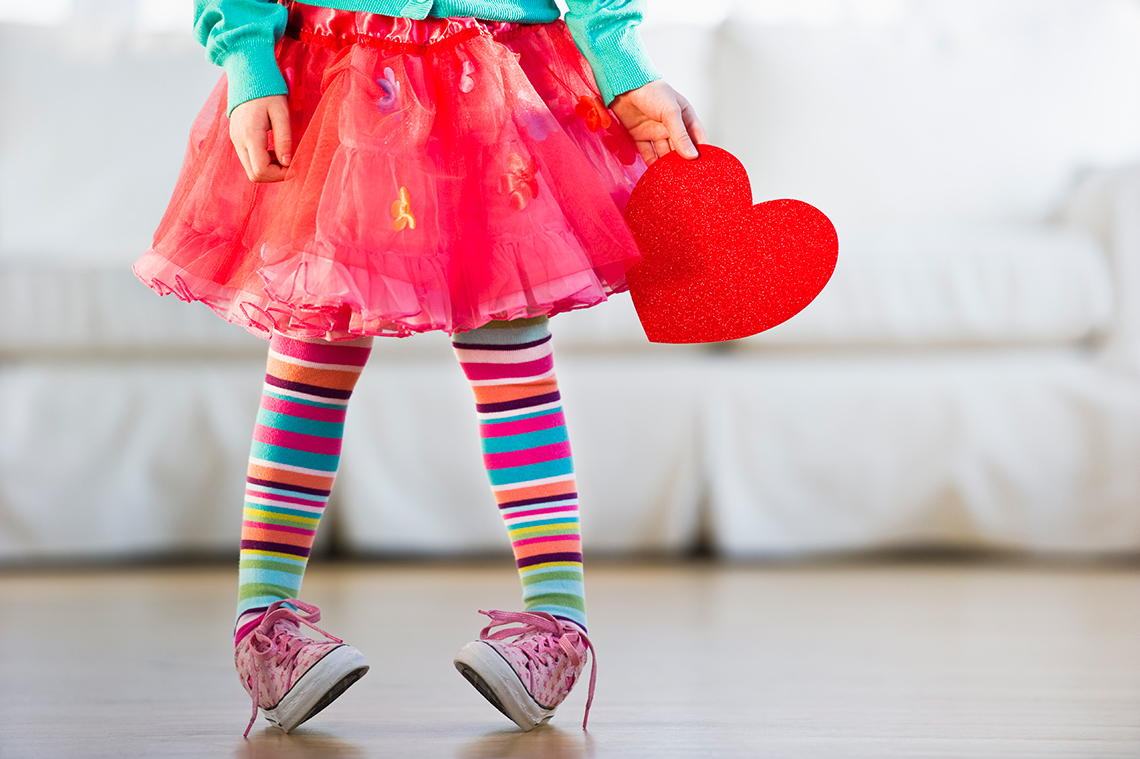
There is a child from the waist down. They are balancing on the outside edges of their feet.
Body parts are the parts of the body that are used to create movements. They can include head, shoulders, hands, hips, legs, feet, and more.
Levels
People can make shapes at different levels.
Levels are how high or how low a movement is performed. We can use the words low, middle, and high to describe levels.
Explore the following images for examples of low, middle, and high movements.
Let’s explore!
How could someone be small like a snail?
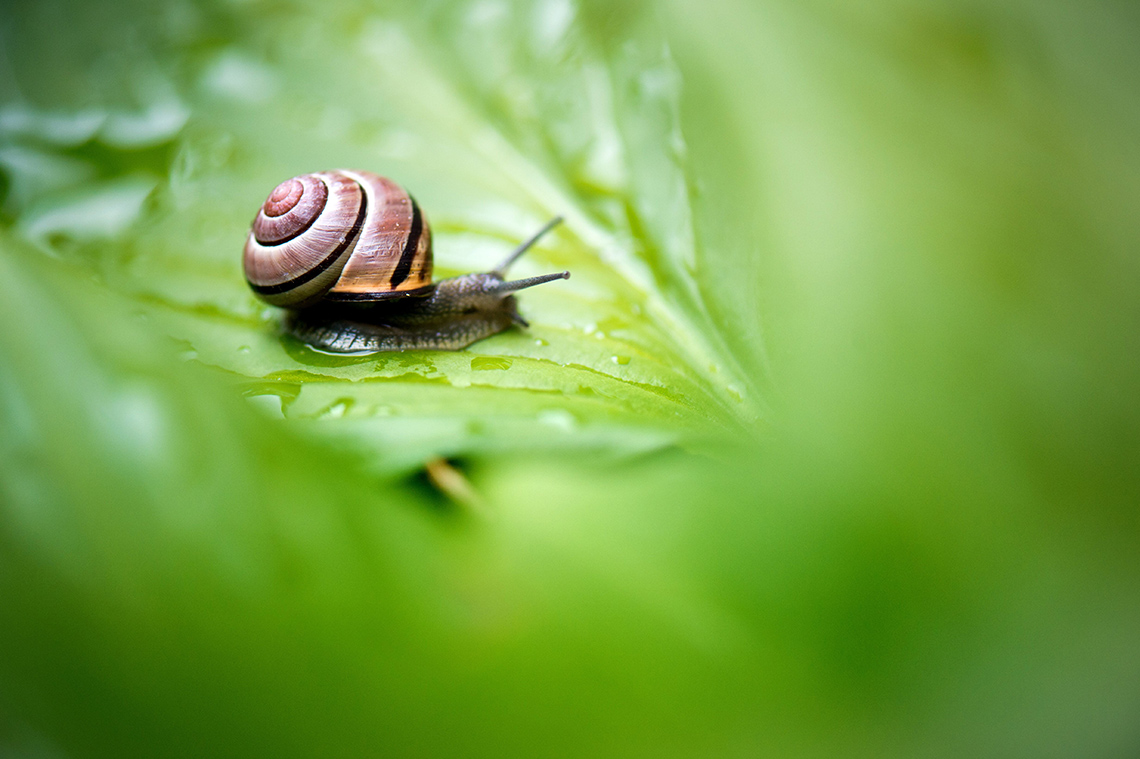
Press ‘Answer’ to reveal how someone could be small like a snail.
Someone could lie on their back, bring both knees to their chest, and put their arms around both knees in a hug.
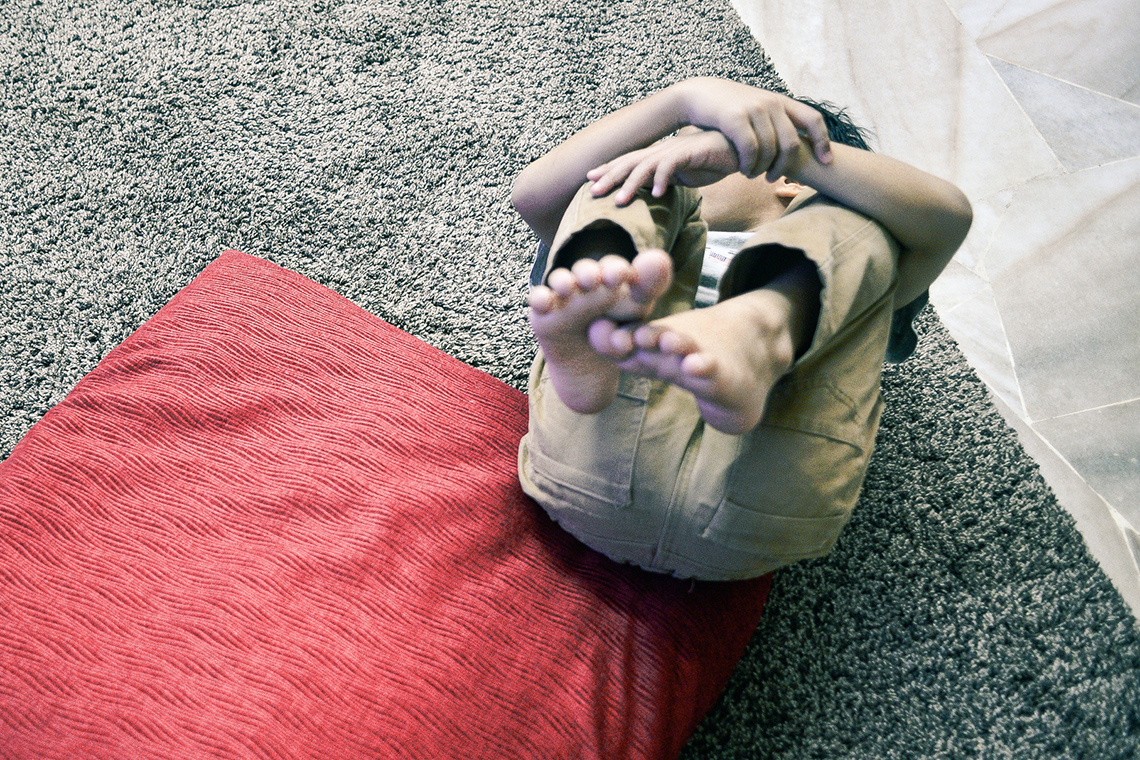
How could someone be big like a tree?
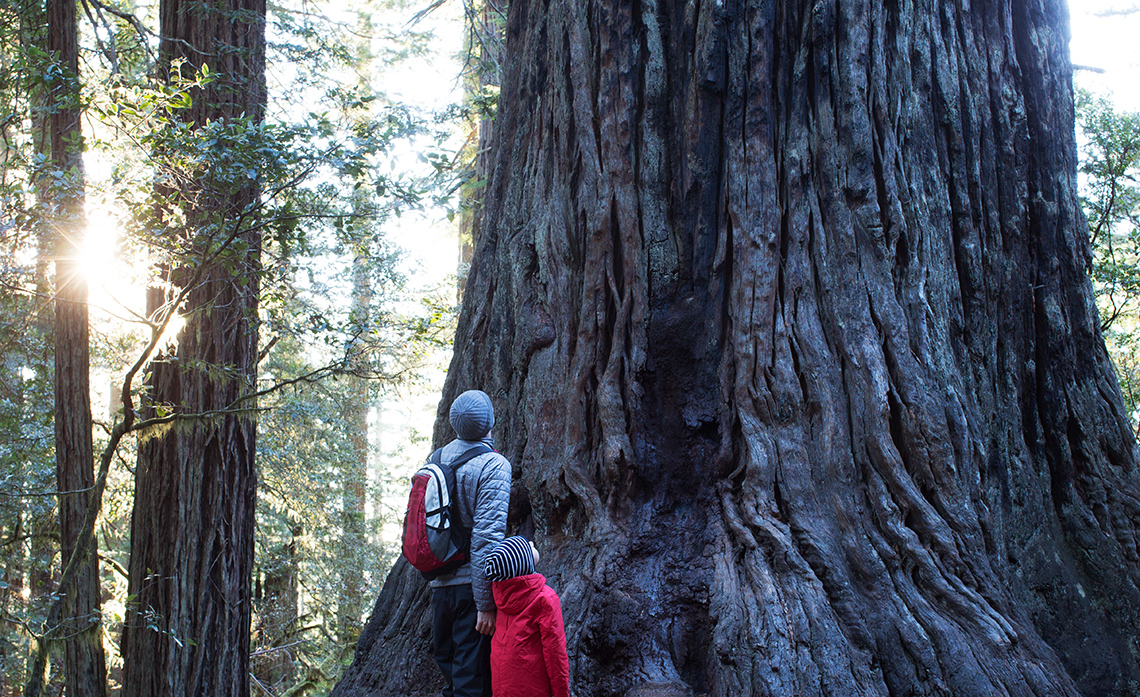
Press ‘Answer’ to reveal how someone could be big like a tree .
Someone could stand with their feet wide apart, and arms outstretched to each side making a “T” shape.
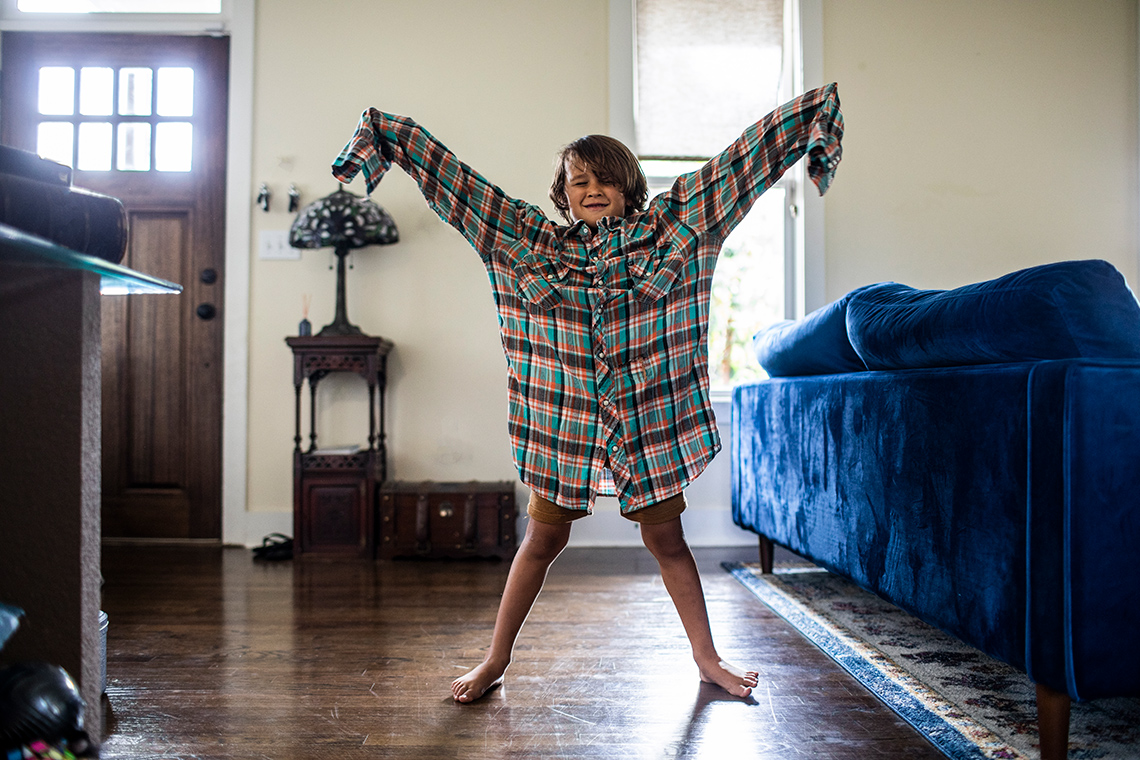
How could someone be big like a tree on a low level?
Press ’Answer’ to reveal how someone could be big like a tree on a low level.
Someone could sit on a chair or cross-legged on the floor with their arms outstretched in a “T” shape.

How could someone be curved like a ball?
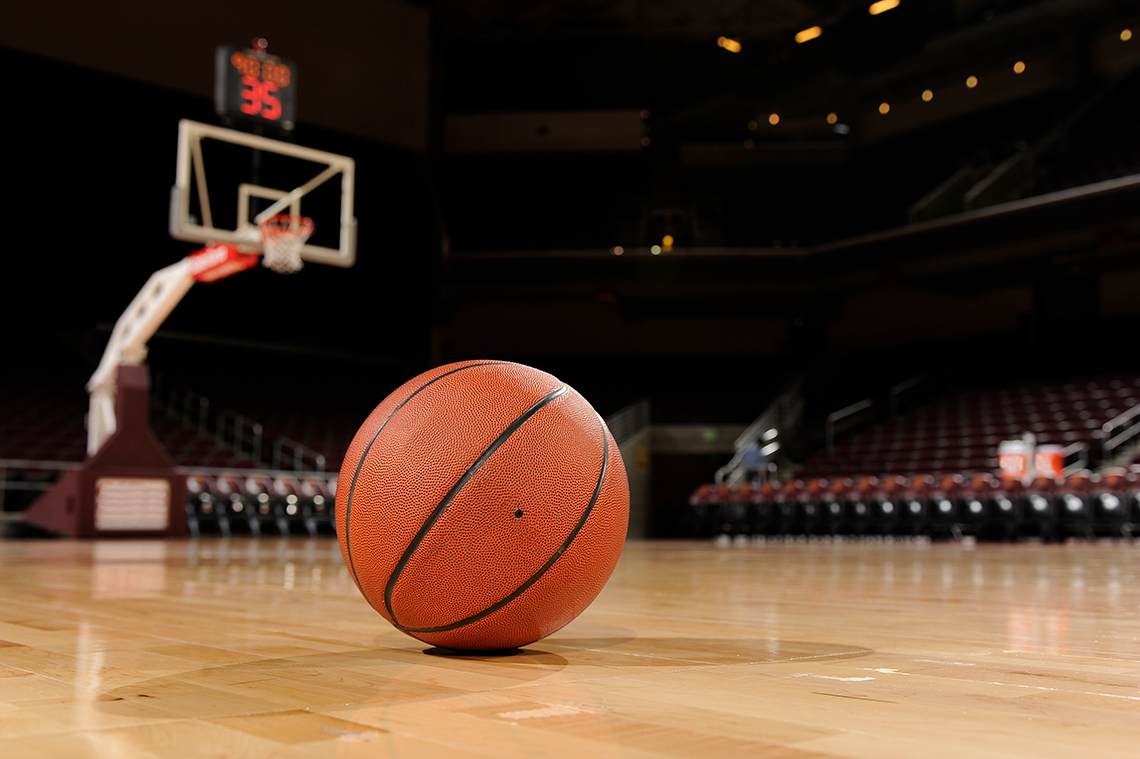
Press ’Answer’ to reveal how someone could be curved like a ball.
Someone sitting in a chair could reach their arms up high over their head, bring their hands together, and tilt their upper body to one side.

How could someone be curved like a ball on a high level?
Press ’Answer’ to reveal how someone could be curved like a ball on a high level.
Someone could make the same curved shape standing up.

How could someone be twisted like a slide at the playground?
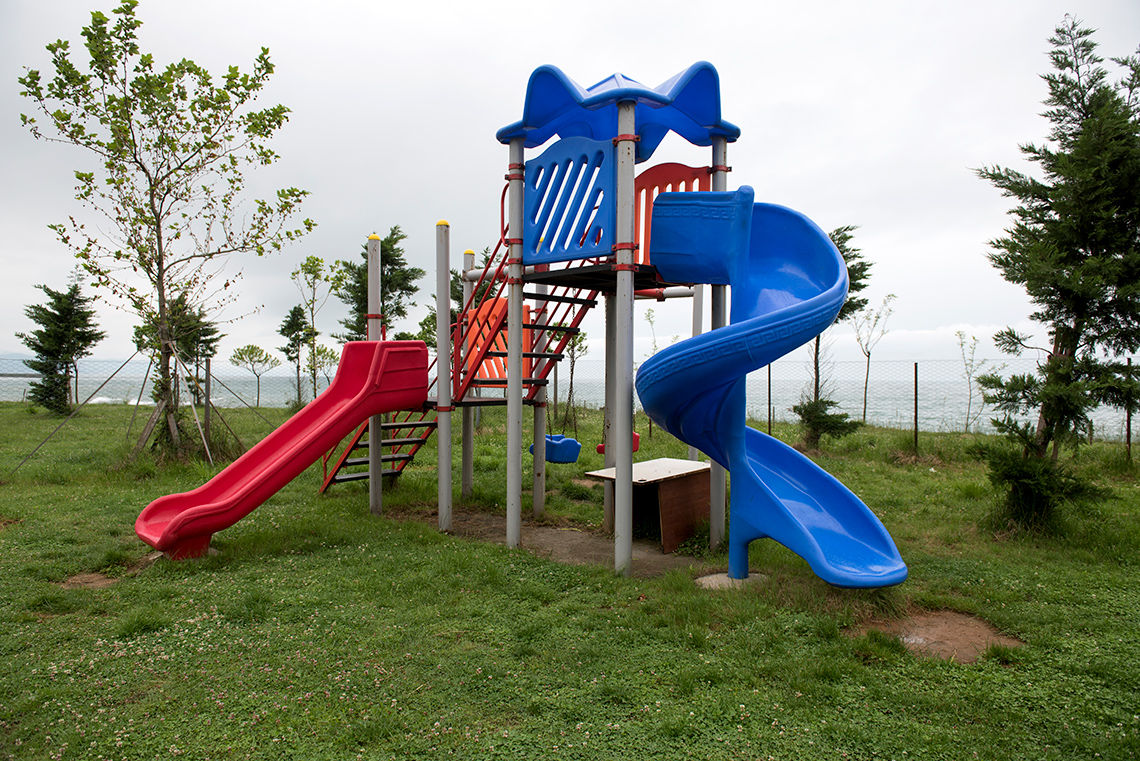
Press ’Answer’ to reveal how someone could be twisted like a slide at the playground.
Someone sitting up in a chair with their feet on the ground could twist their upper body to the left.

Go!
Give it a try

Pick one of the following shapes: big, small, twisted, curved, or straight.
Use pictures and/or words to describe how you could make the shape at a low, middle, or high level.
You may complete the Exploring Shapes and Levels template in your notebook or using the following fillable and printable document. If you would like, you can use speech-to-text or audio recording tools to record your thoughts. Consider adding your work to your portfolio.
|
Shape: |
Level: |
|
Use pictures and/or words to describe your movements. |
|
Press the ‘Activity’ button to access Exploring Shapes and Levels.
Let’s get our bodies moving!
Always be sure to do your safety checks before you do an activity.
Safety
Before you begin:
Try It
Try it
If possible, after you’ve completed the template, try making the shape at the level that you described!
Consolidation
Putting it all together

How plants grow
There are three stages of a growing plant.
Explore the following images and think about:
- What shape does each stage show?
- How could you make each shape with your body?
- What level could be used for each shape?
Now that you’ve explored the images, try creating a dance story to show each stage of a growing plant!
Be sure to explore different body shapes and levels.
Use the following checklists to keep track of the body shapes and levels that you use.
Dance story checklist (shapes)
My dance uses three different body shapes:
Dance story checklist (levels)
My dance uses three different levels:
Record your dance story by completing the Growing Plant Dance Story organizer in your notebook or using the following fillable and printable document. If you would like, you can use speech-to-text or audio recording tools to record your thoughts. Consider adding your work to your dance portfolio.
| Shape 1 | Shape 2 | Shape 3 |
|---|---|---|
| Use pictures and/or words to describe the shape. | Use pictures and/or words to describe the shape. | Use pictures and/or words to describe the shape. |
|
Body shape: |
Body shape: |
Body shape: |
|
Level: |
Level: |
Level: |
Press the ‘Activity’ button to access Growing Plant Dance Story.
Safety reminder
Always be sure to do your safety checks before any physical activity!
Try It
Try it
If possible, try out your dance story!
Reflection
How do you feel about what you have learned in this activity? Which of the next four sentences best matches how you are feeling about your learning? Press the button that is beside this sentence.
I feel…
Now, record your ideas about your feelings using a voice recorder, speech-to-text, or writing tool.
